Generic AI Frequently Asked Questions (FAQs)
A word is a linguistic unit, while a token is a unit of text used by AI models to process information. One token can be a whole word (“tree”) or part of a word (“compu” + “ter”). For example, “carbon” is one token, but “decarbonisation” may be split into several tokens.
Tokens are how AI models understand and generate language. Every prompt or response is counted in tokens, which directly affect speed, cost, and energy use. The fewer tokens used, the more efficient the interaction.
Optimising tokens reduces unnecessary text processing. This means faster responses, lower costs, and less compute energy making your AI usage both efficient and climate-friendly.
No. Optimising tokens means using only what’s necessary to get accurate results, while increasing tokens adds more text or context, often causing waste. Optimisation is about smart efficiency, not quantity.
When prompts are concise and clear, the AI spends less time and energy processing extra tokens. This leads to quicker outputs, fewer errors, and lower energy use per interaction.
AI emissions come from the electricity and water used by data centres to run large AI models. Reducing them is vital because these models can have a large carbon and water footprint if left unoptimised.
Yes. Every optimised prompt saves compute power. When millions of users optimise, it significantly cuts energy demand and emissions, helping make AI more sustainable.
No — the opposite. DcarbonAI helps users and organisations reduce their AI-related carbon footprint by tracking and optimising token use, turning every AI interaction into a climate-positive action.
Free AI models often come with limited optimisation, inaccurate outputs, data privacy concerns, and higher chances of hallucination (false information). They prioritise access, not efficiency or reliability.
Hallucinations happen when an AI confidently generates incorrect or made-up information. They occur due to incomplete training data, ambiguous prompts, or model overconfidence in generating answers.
Yes, to varying degrees. Even the best models can hallucinate, especially when given unclear prompts or when generating beyond their training data.
More hallucinations mean less trustworthy results. They can mislead users, waste compute resources, and reduce efficiency making it vital to detect and minimise them.
Google ranks pages based on SEO, keywords, and engagement algorithms, often showing what’s popular rather than what’s verified or accurate.
Yes. Both may prioritise SEO-driven or engagement-based results. This can push unverified or biased content ahead of factual sources.
- Pros: Variety of perspectives and faster access to trending information.
- Cons: High risk of misinformation, bias, or inaccurate data, which can mislead users and affect decision-making.
DcarbonAI – Platform FAQs
DcarbonAI is a next-generation platform that makes AI usage smarter, greener, and more sustainable. It helps users and enterprises to choose the AI models of their interest- one subscription and optimise token use, reduce compute waste, and cut AI-related emissions, turning everyday prompts into climate-positive actions.
No. DcarbonAI doesn’t restrict or filter information it enhances quality. Instead of showing SEO-driven or paid results, it prioritises verified, trusted, and relevant sources so you get meaningful insights without noise.
The Chat tab helps you converse and create with AI great for generating ideas, summaries, or explanations.
The Search tab delivers verified web results with credible links ideal for fact-checking, research, or professional use.
Together, they balance creativity and credibility.
Chat gives quick AI-generated answers but may sometimes rely on assumptions. Search, on the other hand, gives evidence-backed results from verified sources. Use it when you need facts, citations, or validation beyond generative AI text.
By using search you can reduce the tokens by over 50% vs asking the same on chat.
DcarbonAI analyses every prompt before execution, helping you reduce unnecessary tokens and hallucinations while keeping quality intact. It suggests ways to shorten, simplify, the results while saving cost, time, and compute energy.
Yes. DcarbonAI provides emission estimates per prompt, helping you see how much energy and water you save through optimisation. Over time, it builds a carbon awareness dashboard for users and teams.
This option is only available for enterprises, not for individual users. As this comes with an additional cost.
Yes. DcarbonAI is designed to integrate with popular AI platforms like ChatGPT, Gemini, Grok, DeepSeek, Claude, Perplexity etc. and enterprise APIs. This helps organisations track and optimise emissions across multiple AI tools from one dashboard.
Your prompts and data are not shared or used for training. DcarbonAI focuses on optimisation analytics, not content storage ensuring privacy, transparency, and compliance with major data protection standards.
We will only have access to the user basic info- added at the time of signup, their subscription plans and their token consumptions.
Quite the opposite. By optimising prompts and avoiding unnecessary tokens, DcarbonAI actually makes your workflow faster, cheaper, and more accurate while being environmentally conscious.
While most AI tools focus on generation speed, DcarbonAI focuses on efficiency and responsibility. It bridges performance with sustainability optimising how AI works behind the scenes, not just what it produces.
